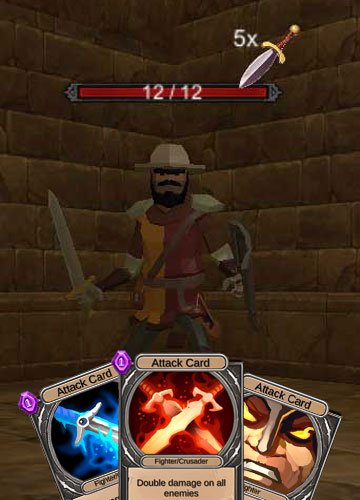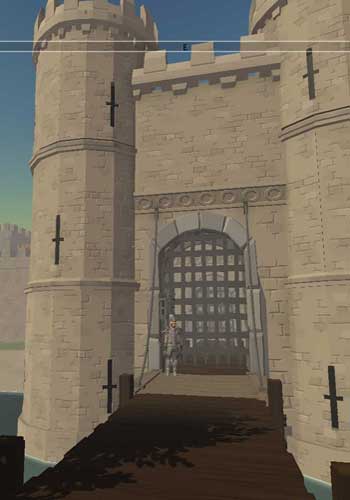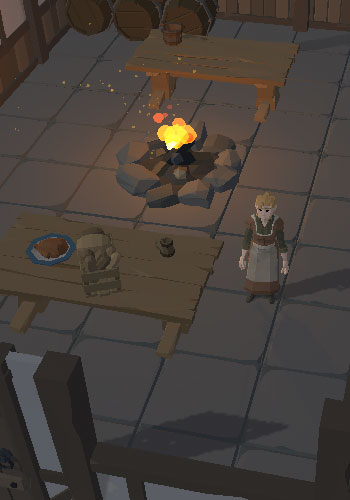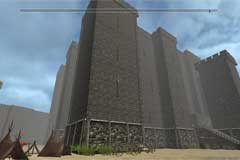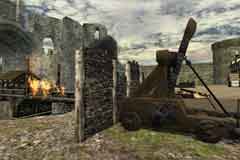Designs, or coat of arms, were invented to help recognise one person from another. How far back this idea was first put into practice is not known but from the first half of the twelfth century (1100-1150) knights began to use designs on their flags and shields to identify themselves in battle and in tournaments. The designs commonly passed down from one generation to the next and became means of identifying an entire family and not just a single person. The term 'coat of arms' comes the the surcoat, a textile garment, that was worn over the armour and was decorated with the same design as the shield.
Eagle
The Eagle is shown in a stylised form with the wings outstretched.
Click shield to edit
Ermine
Ermine is one of the principal furs used in heraldry. Black ermine tails on a white background. The ermine tail can take several forms and can by used singularly used as a charge.
Click shield to edit
Ermines
Ermines is the reverse of ermine with white tails on a black shield.
Click shield to edit
Erminois
Erminois consists of black ermine tails on a gold shield.
Click shield to edit
Escallop
A scallop shell showing the back of the shell with point in chief (towards the top).
Click shield to edit
Inescutcheon
The inescutcheon is used as a charge on the main shield. It can depict the arms of an heiress placed on the shield of her husband.
Click shield to edit
The Escutcheon
In heraldry and medieval armour, the escutcheon (also called a scutcheon) refers specifically to the shield-shaped surface or field on which a coat of arms is displayed. It's both a physical and symbolic element of heraldic tradition.
In the literal, physical sense (especially in medieval times), an escutcheon could mean:
- The shield itself, carried in battle or tournaments.
- The decorative or emblematic element of a shield.
- Often made of wood, covered in leather or metal, and painted with heraldic designs.
In heraldry (the system of coats of arms and heraldic symbols), an escutcheon is:
- The main shield on a coat of arms.
- The central area that contains all the heraldic charges (symbols like lions, eagles, crosses) and colors (tinctures).
- Sometimes smaller shields (called inescutcheons) appear within the main shield, often to show alliances, claims, or marriage ties.
Page Navigation

Medieval Castles
Types of castles
- Early Fortifications
- Castles of William the Conqueror
- Earthwork castles
- Motte and bailey castles
- Castles of Edward I
- Concentric castles
Types of keep
Other details













